Top 4 Purple Produce Picks
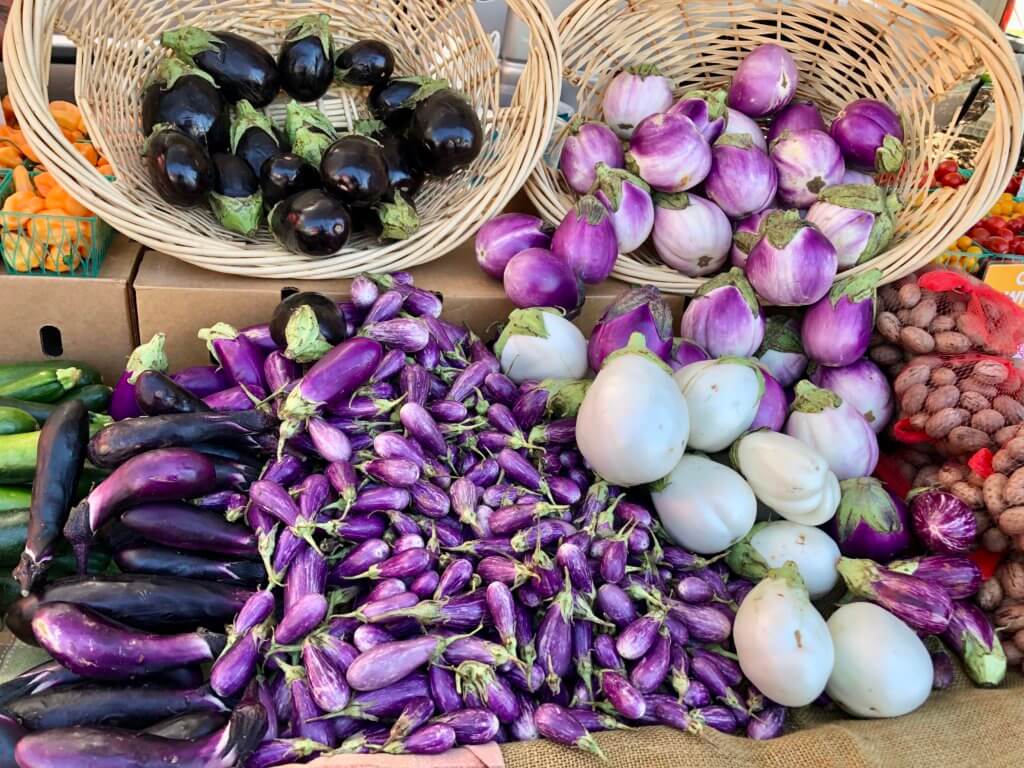
Pick these 4 lovely purple produce plant foods—cabbage, blueberries, eggplant, and plums—to add delicious, beautiful nutrition and health to your diet.
Mother nature paints plants in every shade of the rainbow, from yellow to green to orange to red…and purple, the royal color that looks so lovely when worn by plants. The varied colors of eggplant, from light lavender to an inky-black purple, have inspired many an artist and chef. The deep blue-purple of blueberries signals sweet taste and strong nutrition. The red-purple shades of cabbage add much needed crunch and color to dishes, such as tacos and slaws. And the many shades of purple found in plums, from light pink-purple to a deep bruised purple, are a hint of the rich, juicy tastes waiting to be discovered. And those are just a few of the purple produce picks poised to make your diet and eating fabulous. Many fruits and vegetables that are traditionally found in their simple original colors, like carrots, sweet potatoes, asparagus, artichokes, potatoes and even brussels sprouts, are available in purple varieties.

While purple produce is certainly pretty to look at, it also has some powerful nutrition attributes. These plant foods contain varying levels of anthocyanins, which are colored pigments naturally found in plants that render that deep purple color in fruits and vegetables. There are numerous vegetables sporting different shades of purple that you may not even realize contain these potent compounds. Such vegetables include purple cauliflower, pomegranates, cranberries, figs, cherries, and dragon fruits. Even black beans (which are so dark purple they are black) contain anthocyanins. So, go ahead and include more purple produce picks in your diet to maximize flavor and health benefits.
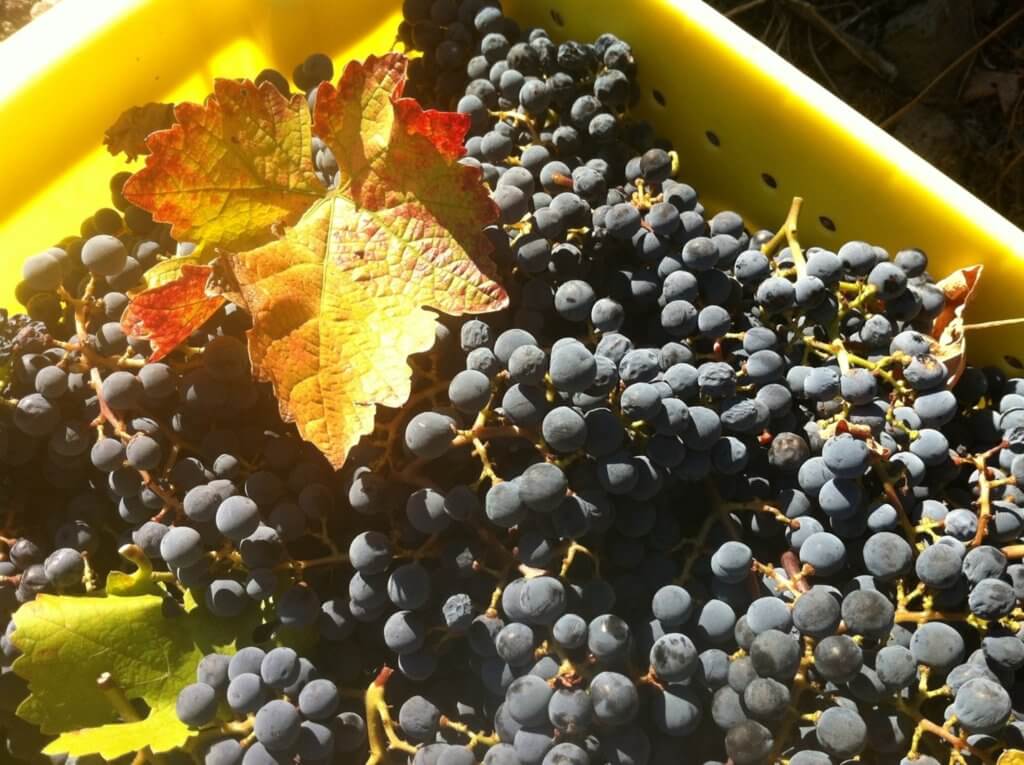
Health Benefits of Eating Purple Produce
Anthocyanins found in purple produce have emerged with promising evidence on their functional properties which are associated with positive health benefits. These health benefits have been explored as nutraceutical and traditional medicine for treatments and prevention of many chronic diseases, such as cardiovascular diseases, cognitive decline, cancer and obesity. The major health contribution of anthocyanin-rich foods seem to be their potent antioxidative role in combating free radicals, which cause oxidative stress in the body. While these purple produce picks offer several health attributes to your diet, don’t forget to include a variety of fruits and vegetables regularly to provide an array of nutrients and compounds for your body.
Top 4 Purple Produce Picks
While there are so many purple plant foods you can and should include in your diet, here are four to prioritize.

1. Purple (or Red) Cabbage. Festive, crunchy purple cabbage, sometimes referred to as red cabbage, belongs to the cruciferous vegetable group, which are nutrient-dense foods with many essential vitamins, including vitamin B6, A, K, thiamine, and riboflavin—not to mention high antioxidant value from trusty anthocyanins and vitamin C. Purple cabbage is versatile to cook with, and is delicious eaten raw or cooked. It can be used either as a side-dish or in main dishes, as its mild, crunchy taste complements most savory dishes. Try shredding purple cabbage into salads, slaws, and stir-fries. Check out this recipe for Spicy Lentil Tacos which uses shredded purple cabbage as a filling. Purple cabbages can also be fermented to make pickled cabbage, which is a great way of incorporating probiotics for a healthy gut.
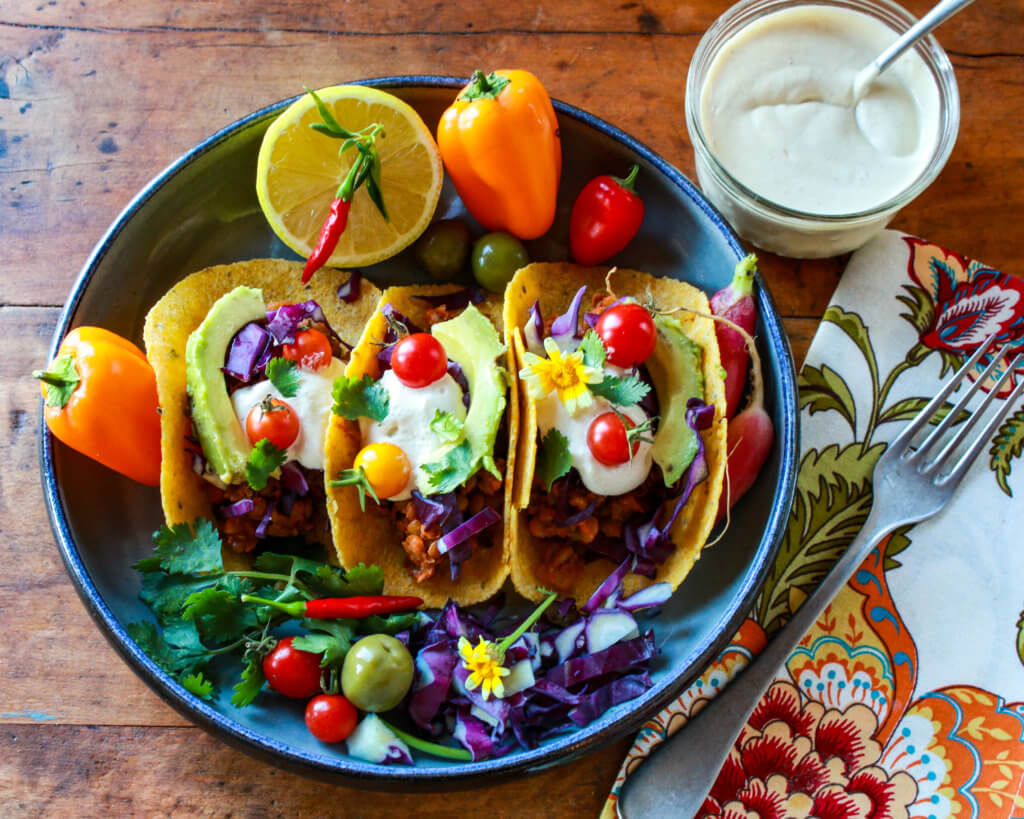
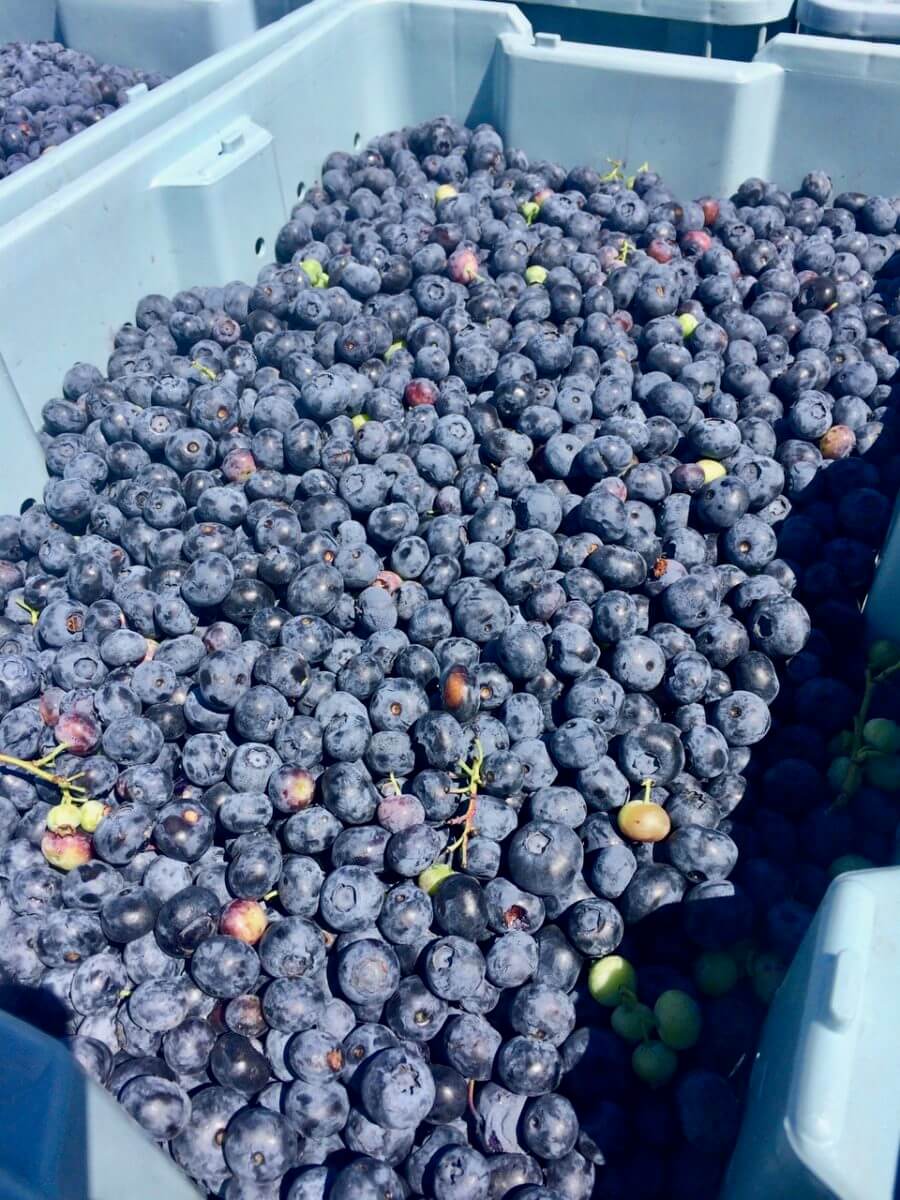
2. Blueberries. Deep-blue and sweet, blueberries are an excellent source of vitamin C and anthocyanins, which is why they are known to contain very high levels of antioxidants. Vitamin C also assists in iron absorption, apart from its anti-oxidative role. These pretty purple berries also contain a good amount of soluble fiber, which aids in regulating blood sugar and maintaining good digestion. Blueberries are delicious eaten in their natural state by the handful, blended into a smoothie, or baked into simple, fruit-forward desserts. Pro tip: frozen blueberries are great as a snack or fruit-forward dessert because they may hold greater antioxidant value and bioavailability because antioxidants may be lost during long transportation time for fresh (depending on your source). This recipe for Fruit and Veggie Popsicles is an all-time favorite kid (and adult) friendly snack using blueberries.

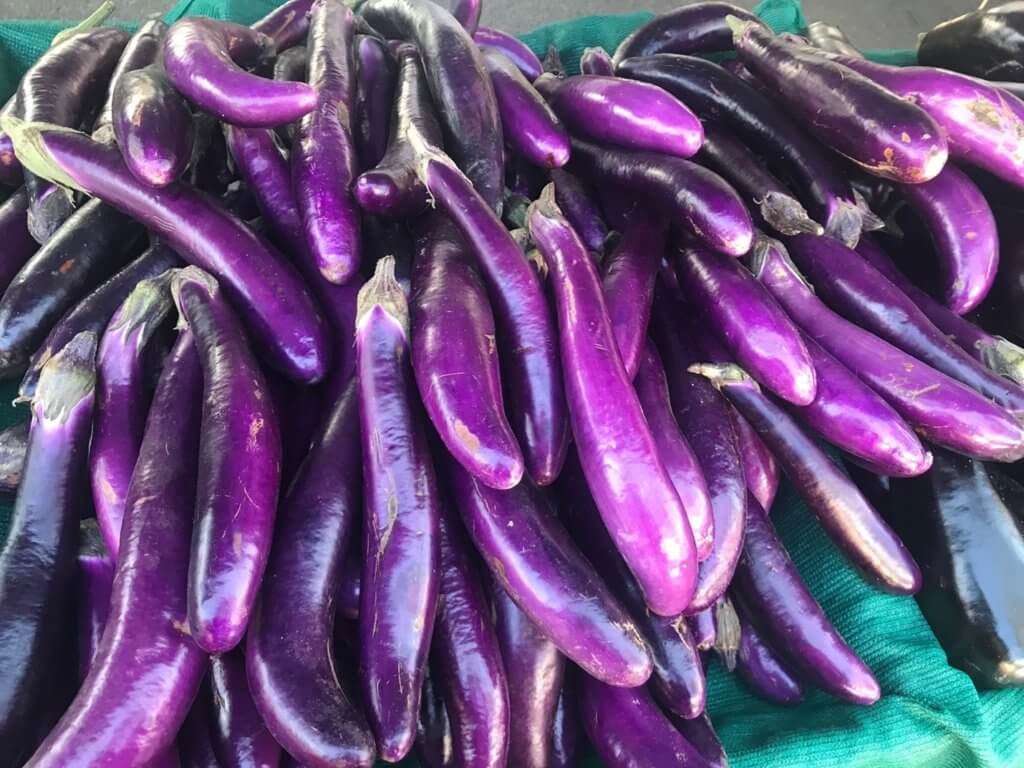
3. Eggplant. The uber pretty and versatile eggplant belongs to the Solanum family, with a range of shapes and purple shades depending on the eggplant variety. Eggplants provide several micronutrients to your diet, including vitamins A, C, K, and folate and minerals such as calcium, magnesium, phosphorus, and potassium. It’s also rich in antioxidant capacity. Eggplants are popular in many traditional diets, including Mediterranean, Italian, Thai, Indian, and Chinese. Try sautéing them in a stir-fry or curry, blending them into an eggplant dip, and layering them in casseroles. Start out with this delicious recipe for Eggplant Stuffed with Miso Quinoa, which uses eggplant as an edible bowl to hold a miso-flavored quinoa filling.


4. Plums. Pretty, perky plums are found in a variety of colors along the rainbow of purples. With their crisp, juicy fruit comes along health properties. Plums are a type of drupe fruit, known for its high fiber content, which helps prevent constipation and promotes good digestion. It also has a low glycemic index thanks to its fiber content, which helps regulate blood sugar levels. Plums are a good source of potassium and vitamin K, which supports heart health and improves blood clotting for wound healing. Plums contain high water content, thus are delicious to eat raw during the summer for that thirst-quenching effect. Try them as a healthful snack au naturel, as well as in parfaits, bars, and baked goods. Try plums in this recipe for Summer Fruit Skillet Cobbler.
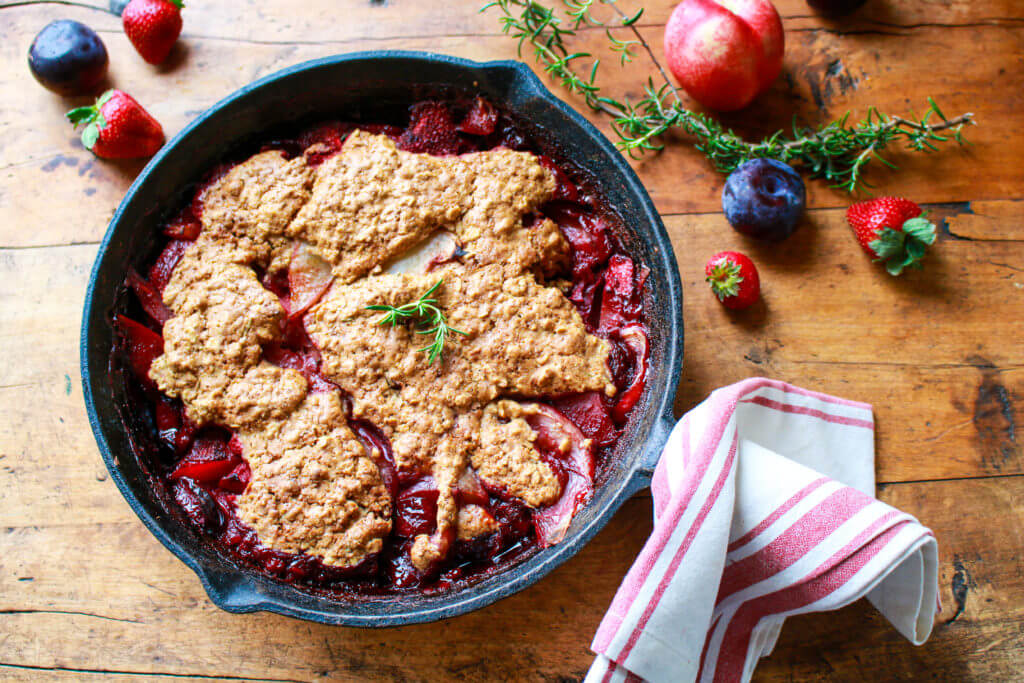
For other recipe ideas featuring purple produce check out the following:
Purple Power Blueberry Smoothie
Red Cabbage Raisin Slaw with Cumin Vinaigrette
Written by Jooshan Ooi, dietetic intern, with Sharon Palmer, MSFS, RDN



[…] Meal planning leaves room to get creative week to week so that even though some meals may repeat, you won’t get bored with what’s on your plate. There are near limitless resources for inspiration, from cookbooks to social media. (See the hashtag #mealprep on Instagram.) You might get excited by the idea of trying every overnight oats variety you can find on Pinterest. Or you may start to think about changing up your daily grain bowls, sheet pan meals, or salads by rotating through flavor profiles, such as Southwestern, Mediterranean, Thai, and Italian. You could even challenge yourself to a color theme, as Palmer did when she stumbled upon an abundance of purple produce at the farmer’s market. […]